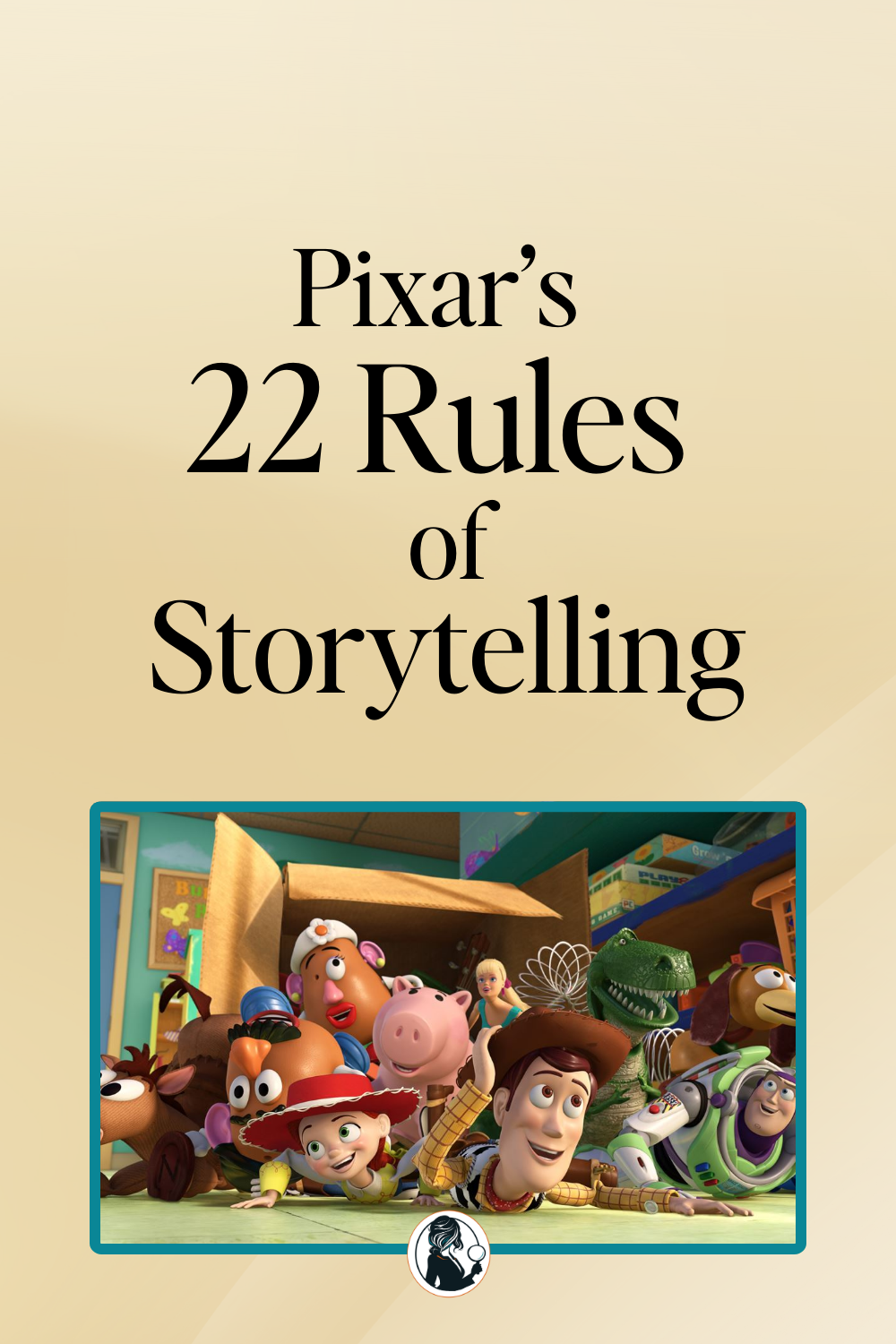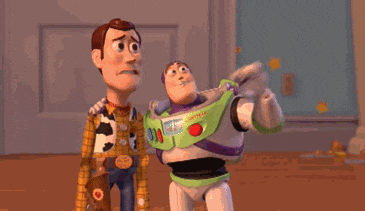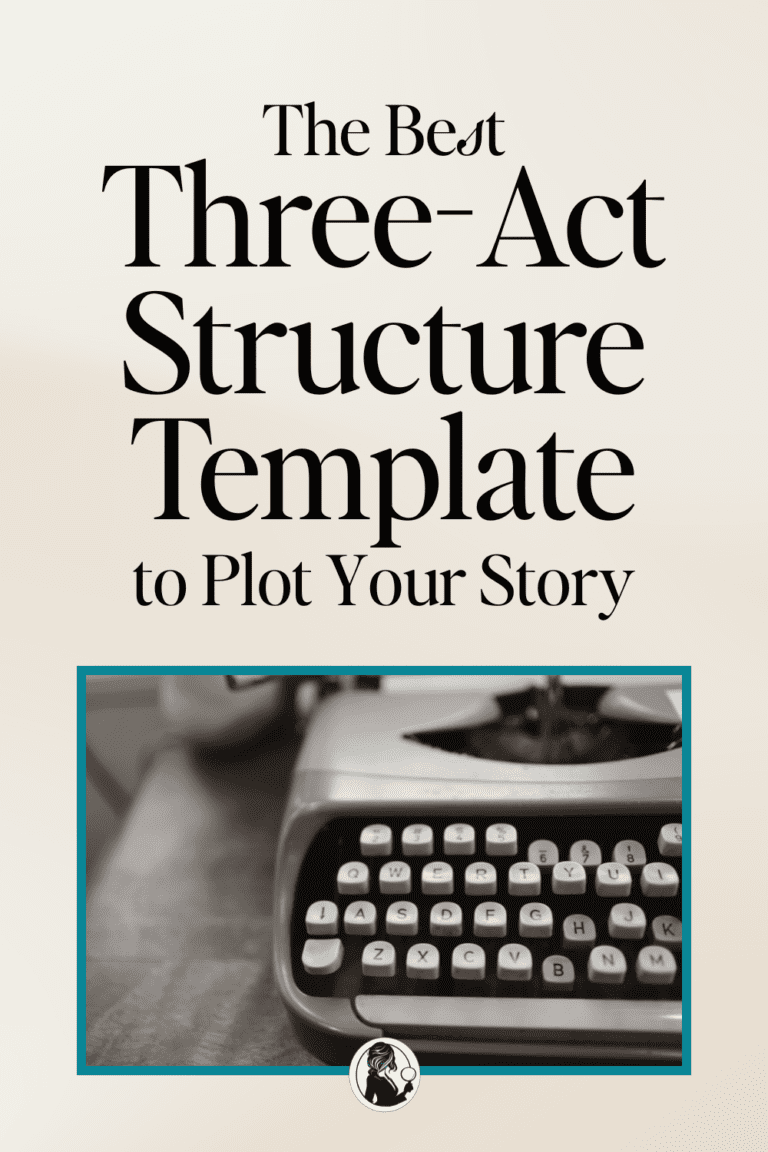Pixar’s 22 Rules of Storytelling
Do you remember the first cartoon movie that made you cry? I do.
It was Toy Story 3, when the toys locked hands and faced the incinerator together. I was a grown woman sitting in a theater, whispering to myself: they can’t do this… right? And then… tears.
That’s the power of story.
Years ago, I saw Matthew Luhn, one of Pixar’s original story creators, give a talk on storytelling. He mentioned something that stuck with me: Pixar’s 22 Rules of Storytelling. These weren’t some official corporate manifesto. They were lessons, collected and shared by senior team members at Pixar and later tweeted by Emma Coats back in 2011.
These 22 “rules” are more like guideposts. They’re the DNA of stories that don’t just entertain, but burrow under your skin and stay there.
And if a cartoon about plastic toys can gut-punch you emotionally? These rules are worth paying attention to—whether you’re writing a novel, crafting brand content, or just trying to tell a better story at the dinner table.
Here is the list:
Pixar’s 22 Rules of Storytelling
#1: You admire a character for trying more than for their success.
(We love the strugglers more than the flawless.)
#2: You have to keep keep in mind what’s interesting to you as an audience, not what’s fun to do as a writer. They can be very different.
(Hard truth: your clever wordplay might not land. Focus on connection.)
#3: Trying for theme is important, but you won’t see what the story is actually about until you’re at the end of it. Now rewrite.
#4: The story frame:
Once upon a time there was ___.
Every day, ___.
One day ___.
Because of that, ___.
Because of that, ___.
Until finally ___.
(Yes, this works for pitch decks too.)
#5: Simplify. Focus. Combine characters. Hop over detours. You’ll feel like you’re losing valuable stuff but it sets you free.
(Translation: cut the fluff. Always.)
#6: What is your character good at, comfortable with? Throw the polar opposite at them. Challenge them. How do they deal?
(Comfort zones don’t sell tickets—or products.)
#7: Come up with your ending before you figure out your middle. Seriously. Endings are hard, get yours working up front.
(Same for content: know the CTA before you start writing.)
#8: Finish your story, let go even if it’s not perfect. In an ideal world you have both, but move on. Do better next time.
#9: When you’re stuck, make a list of what WOULDN’T happen next. Lots of times the material to get you unstuck will show up.
(Brainstorm in reverse. Brilliant hack. This also works for figuring out who your ideal customers are… start by knowing who they aren’t.)
#10: Pull apart the stories you like. What you like in them is a part of you; you’ve got to recognize it before you can use it.
(Deconstruction is the fastest way to level up.)
#11: Putting it on paper lets you start fixing it. If it stays in your head, a perfect idea, you’ll never share it with anyone.
#12: Discount the first thing that comes to mind. And the second, the third, fourth, fifth…get the obvious out of the way. Surprise yourself.
#13: Give your characters opinions. Passive/malleable might seem likable to you as you write, but it’s poison to the audience.
(No vanilla. Same for brand voice.)
#14: Why must you tell THIS story? What’s the belief burning within you that your story feeds off of? That’s the heart of it.
#15: If you were your character, in this situation, how would you feel? Honesty lends credibility to unbelievable situations.
(Empathy > everything.)
#16: What are the stakes? Give us reason to root for the character. What happens if they don’t succeed? Stack the odds against.
#17: No work is ever wasted. If it’s not working, let go and move on. It’ll come back around to be useful later.
#18: You have to know yourself: the difference between doing your best & fussing. Story is testing, not refining.
(Perfectionism kills stories. And, well, everything.)
#19: Coincidences to get characters into trouble are great; coincidences to get them out of it are cheating.
#20: Exercise: take the building blocks of a movie you dislike. How d’you rearrange them into what you DO like?
#21: You gotta identify with your situation and characters. You can’t just write ‘cool’. What would make YOU act that way?
#22: What’s the essence of your story? Most economical telling of it? If you know that, you can build out from there.
Why This List Still Hits
Pixar’s movies work because they understand that stories don’t live in plot twists or witty dialogue. They live in truth.
Each of these rules is a way of getting to the truth of your story, faster. It doesn’t matter if it’s a novel, a keynote or a LinkedIn Post. And that’s the part worth stealing. The real magic isn’t that toys come to life. It’s that you believe it, and by the end, you feel changed.








